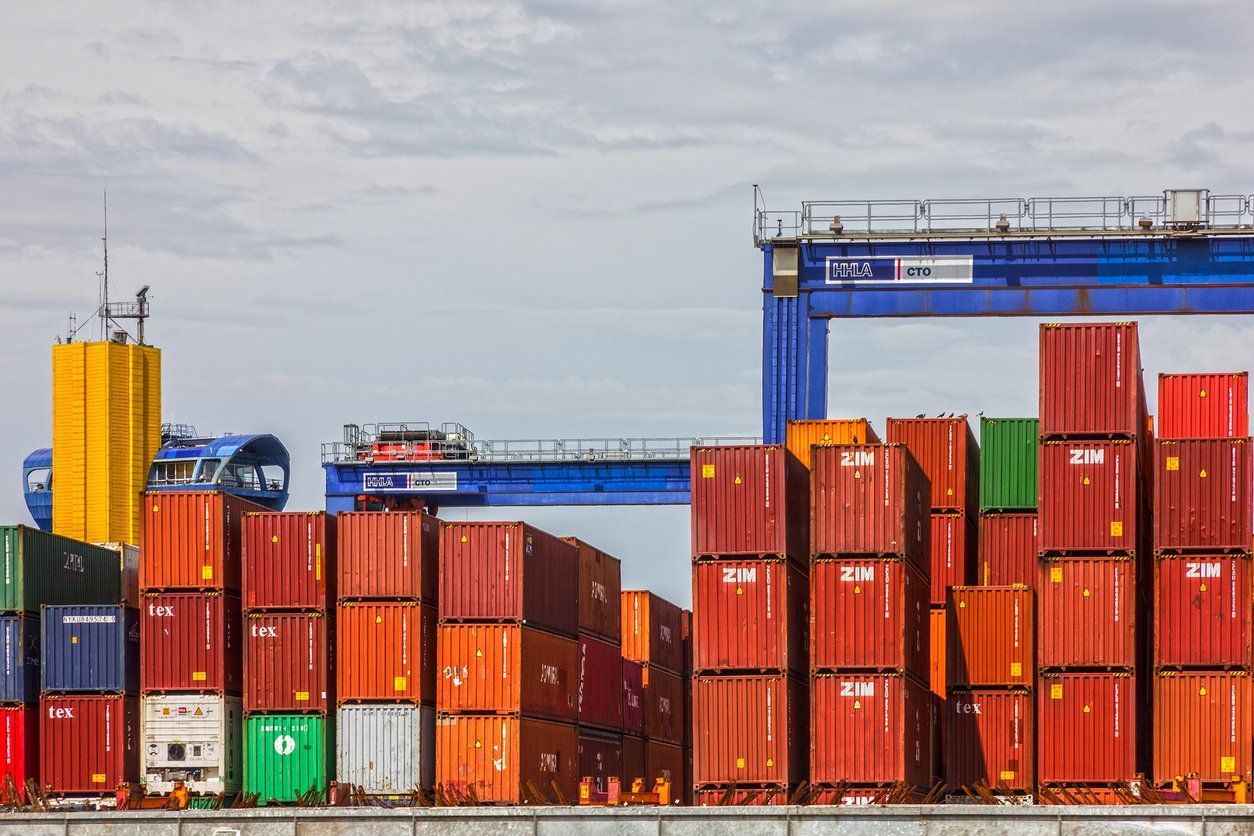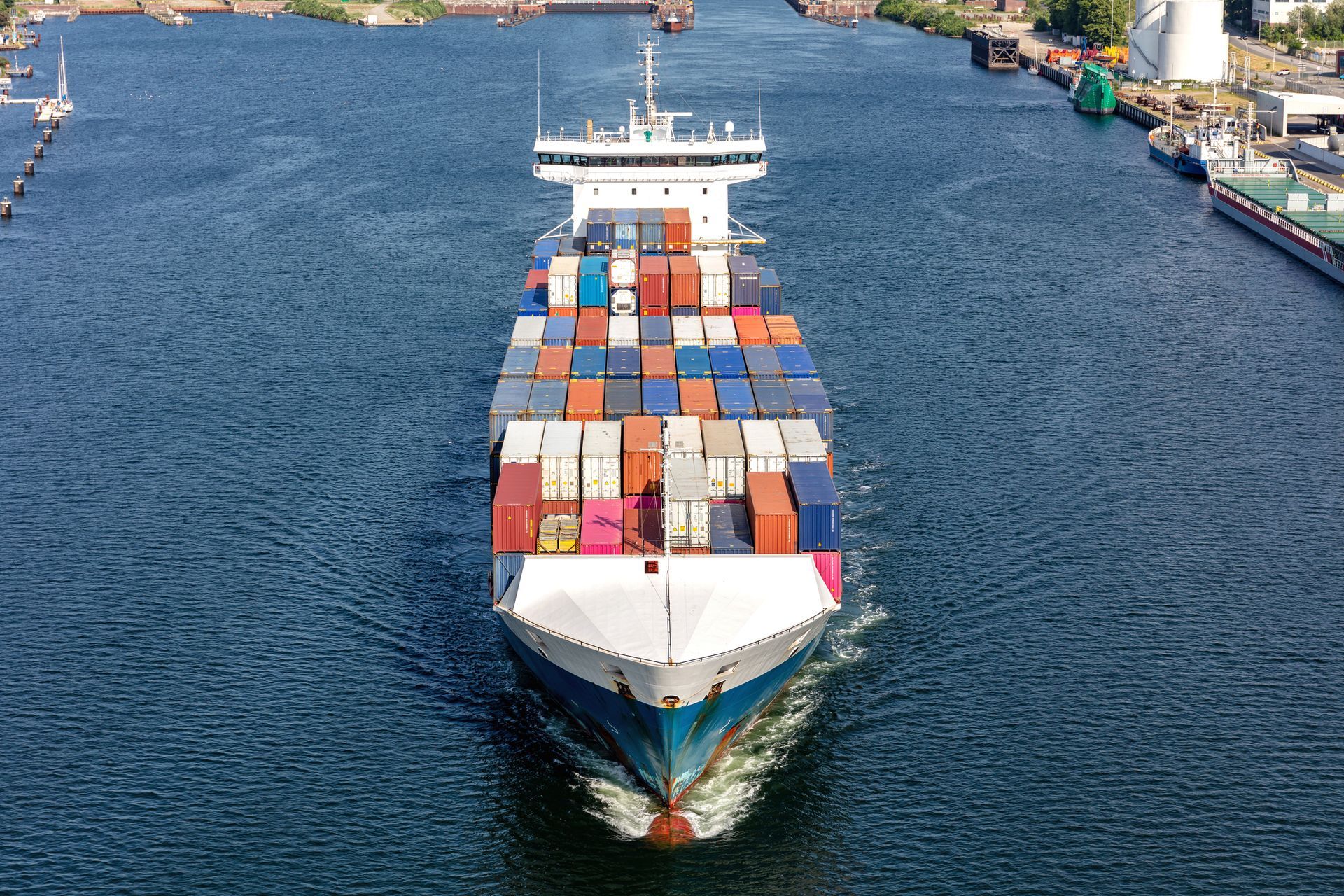
In celebration of its centenary in 2019, the International Chamber of Commerce (ICC) launched Incoterms 2020, a new edition of the main rules guiding import and export activities at a global level.
Before the update of the standard was published, there was much speculation about what the changes would be, including the possible division of the Incoterm FCA into two – one for land deliveries and another for sea deliveries – or the supposed extinction of the terms FAS, EXW and DDP. Was that really the case?
Do you already know what really changed with the publication of Incoterms 2020? Do you understand how these terms contribute to international commercial activity? In this article, you will find answers to these and other questions!
To update yourself, learn more or learn more about Incoterms: keep reading!
What are Incoterms and how did they come about?
In 1936, in response to the need for common rules and guidelines for international trade, the International Chamber of Commerce (ICC) published the Incoterms rules for the first time.
Loosely translated, the acronym means “International Terms of Trade” and was created with the purpose of providing universal guidelines for foreign trade practices, since legal and technical differences between countries made the activity difficult.
The universality of the terms established an effective difference between them and other documents with the same intention, since their standards do not include national rules. In this way, the instrument provides clarity and predictability to negotiations between people from anywhere in the world.
It is important to maintain this universal scope by updating the rules in line with the dynamics of growth and change in the global market. Thus, the regulation underwent revisions in 1957, 1967, 1976, 1980, 1990, 2000 and 2010, until reaching its most current version: Incoterms 2020.
How important are Incoterms for international trade?
The authority of Incoterms reflects their importance, since they are not mandatory, but voluntarily adopted by traders around the world, in order to facilitate mutual understanding between buyer and seller in the context of international trade.
Their standards aim to simplify the relationships and processes of organizations operating in international business, agreeing on the rights and duties of the buyer and seller.
This involves defining who is responsible for providing export and import licenses, packaging, handling in terminals, internal transport, etc. Some of the Incoterms guidelines concern:
- who bears the cost of international freight;
- who deals with import and export formalities and costs;
- where the goods must be delivered by the exporter;
- who contracts and pays for the goods insurance;
- risk limits for both parties.
The curious popularity of the Incoterm FCA
In the 1990 version, the Incoterm FCA replaced the FCR, gaining greater clarity regarding its use in the version published in the 2000s and, according to data from 2018, among the 11 current acronyms, it came to monopolize 40% of international trade operations.
The popularity of this term is likely a reflection of the ease and flexibility it provides, as it can be used with any mode of transport; it allows the delivery of goods to various locations, such as the seller's address or land transport terminal, port or airport and its procedures occur predominantly in the seller's country.
Despite the massive adoption, it was speculated that the most popular ICC rule would undergo changes with Incoterms 2020, which could weaken its seductive versatility. To find out what happened to the Incoterm FCA and other updates to the latest version of international commercial terms, read on!
Main updates to Incoterms 2020
The new features of Incoterms 2020 begin with the creation of the Drafting Committee, which for the first time included members from China and Australia. To prepare the latest version of the document, issues relevant to the 150 members of the ICC were considered.
The edition resulting from this work innovated, firstly, with regard to ease of use, through explanatory notes, graphs and other simplistic features.
Observing the changes that have occurred around the world in recent years, such as the emergence of new markets and the fluctuation of the global economy, the main changes in Incoterms 2020 were:
- Different levels of insurance coverage for the CIF and CIP terms, with CIF continuing to be responsible for contracting insurance with minimum coverage and CIP with maximum coverage. Agents can negotiate the levels of coverage, which must be included in the contract.
- Inclusion of safety requirements among the obligations and transportation costs.
- Substituição do DAT pelo DPU. Com essa mudança, a entrega da carga pode ser feita em qualquer local nomeado e acordado entre comprador e vendedor, em vez de apenas em um terminal.
- Inclusão de acordos para frete com meios de transporte próprios no FCA, DAP, DPU e DDP.
Categorias dos Incoterms 2020
- Replacement of DAT by DPU. With this change, the cargo can be delivered to any location named and agreed upon between the buyer and seller, instead of just to a terminal.
- Inclusion of agreements for freight with own means of transport in FCA, DAP, DPU and DDP.
Incoterms 2020 Categories
It is interesting to know that the acronyms listed are still grouped into categories according to particularities shared by the terms. These categories have not changed with the update of the standard:
Incoterms Category C: the exporter is responsible for paying for international transport and the importer is responsible for risks and damages during the journey.
Incoterms Category D: the exporter is responsible for the costs and risks of freight to the final destination indicated by the buyer.
Incoterms Category E: comprises the only term that concentrates on the importer the obligations of all procedures subsequent to the provision of the goods by the exporter.
Incoterms Category F: balances the obligations of the exporter and the importer, with the buyer being responsible for contracting and paying for the main freight and international insurance.
The structure of international trade terms is clearly visible, allowing for the easy identification of similarities and differences between regulatory items. From there, it is up to interested parties to evaluate which term best suits the intended commercial relationship.
We have created a special table so that you can have the 2020 Incoterms at a glance and access them whenever you need to guide and qualify your foreign trade activities. With it, you will have an easier time locating and identifying the characteristics of each of them, as well as the responsibility between exporter and importer in each of the stages.
Gostou do presente? Então pega que é todo seu! Access the Allink Incoterms Table here!
Continue a navegar no blog da Allink

Mantenha-se informado sobre o comércio exterior
Assine nossa newsletter e receba atualizações semanais de forma gratuita sobre o mundo da logística.




